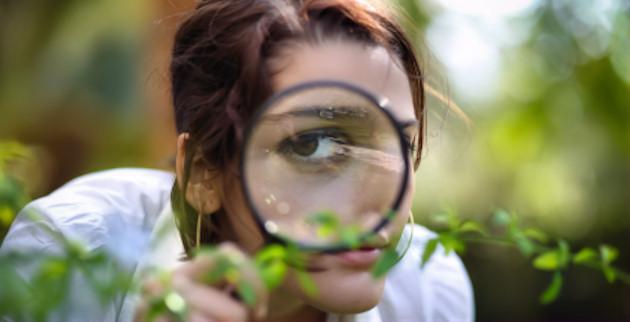The video was originally produced as a coursework item for my final year ‘Digital Imaging’ module, run by Graham Smith, at Bath Spa University. The module sought to partner traditional scientific study with communication and creativity. My assessment brief was very much focused on these principles. With an overarching theme of ‘Seeing the Unseen’, we were tasked with producing a six-minute communicational video on a contemporary biological issue of our choice. Having been given free reign of topic, I gravitated towards one which I felt particularly strongly about.
I first came across the term Plant Blindness during my first-year undergraduate studies. Fascinated by the concept, I decided to read up on it further. For those that do not know, Plant Blindness is the name given to the biological phenomenon whereby humans fail to notice the plants present in their external environments. As explained in the video, this often leads humans to the conclusion that plants serve as nothing more than an insignificant backdrop to animal life. Such attitudes are unhelpful to all humans and devastating in the minds of policy makers. As someone who had produced a plethora of papers detailing the innermost intricacies of plant biology, I could not help but feel somewhat guilty. Yes, I could outline the fundamental differences between gymnosperms and angiosperms, perhaps, at a push, I could describe the subtle differences between the C3 and C4 photosynthetic pathways. But, tell you how many oak trees I passed by on my walk from my house to the university bus stop, I could not. There was a discourse in the way I interacted with plants academically, and in my normal, day to day life. Just like many other people, I was guilty of Plant Blindness.
Presented with the opportunity to communicate a biological issue of my choice to potentially hundreds of my contemporaries, I saw no better topic than Plant Blindness. Having never produced a video before, I armed myself with one of the universities video cameras and took to the streets, hoping to build up some sort of portfolio of ambient plant shots, taken in proximity to humans and human society. A fern creeping through the cracks in a pavement illustrated far better the concepts of plant blindness than did an old oak tree deep in the woods. Soon I had filled folders with interesting clips and images, spanning multiple seasons and inadvertently, multiple continents. Then came the time to stitch them together, into something coherent.
SUPPORTED BY HEROES LIKE YOU
Support independent eco journalism that drives real change.Confronting plant blindness will take time, a consorted effort to promote plants through education might act to shift our perspectives. At its roots, plant blindness is a physiological phenomenon, intrinsic to human nature. But textbooks can be rewritten more easily than our genome. The way we interact with plants can change for the better. If more people stopped to count the number of oak trees spanned their walk to work, we might be on our way to a brighter, greener future.




